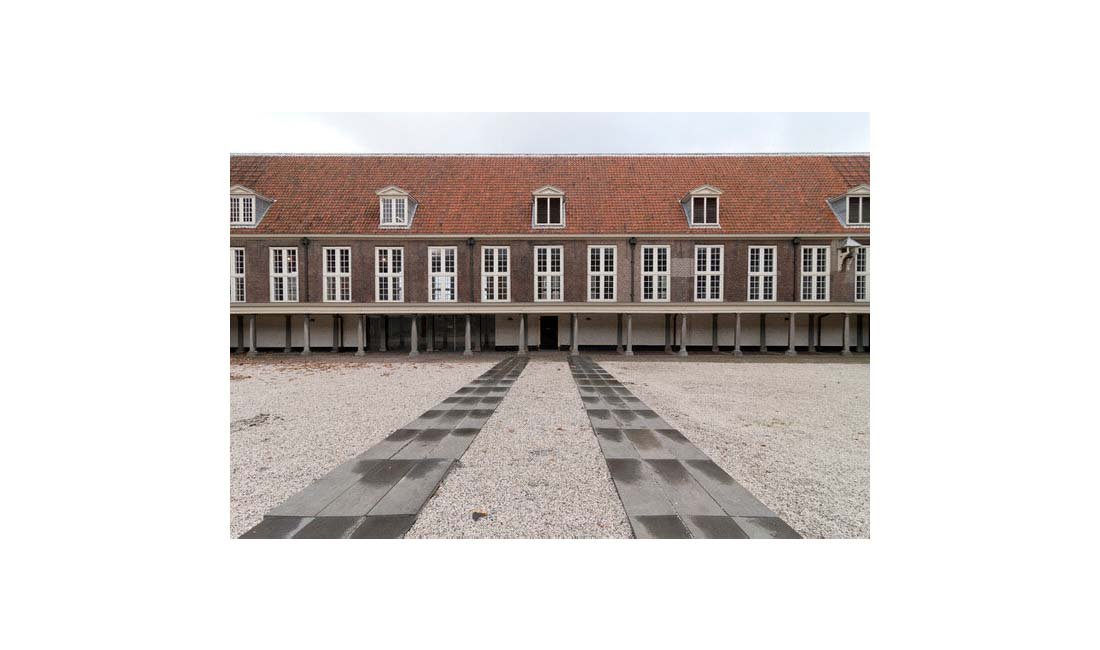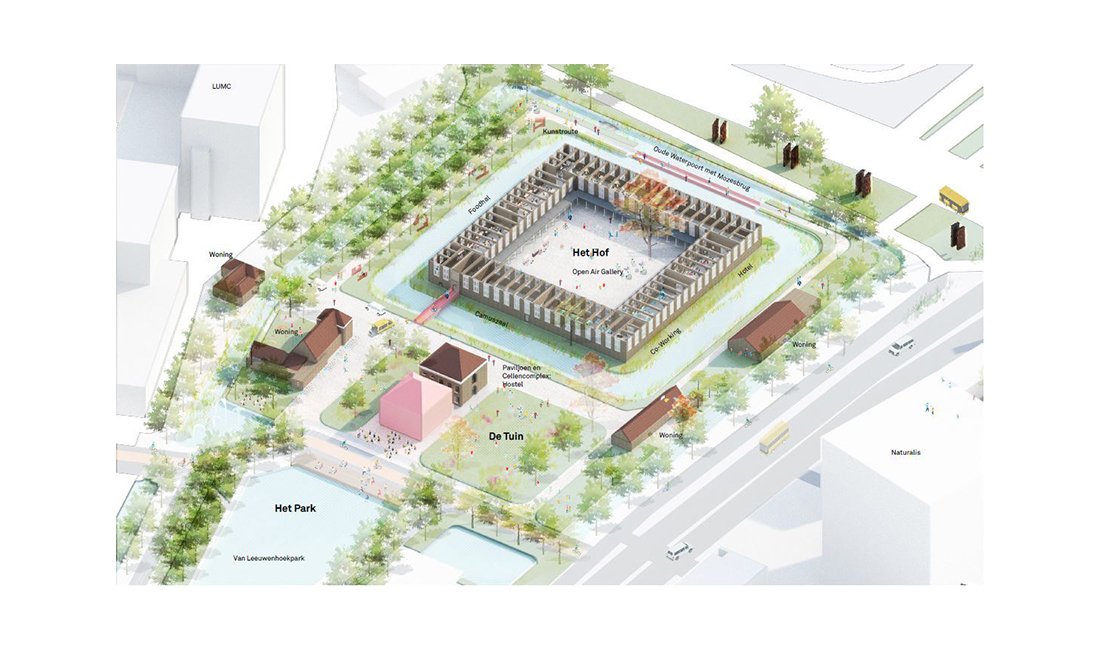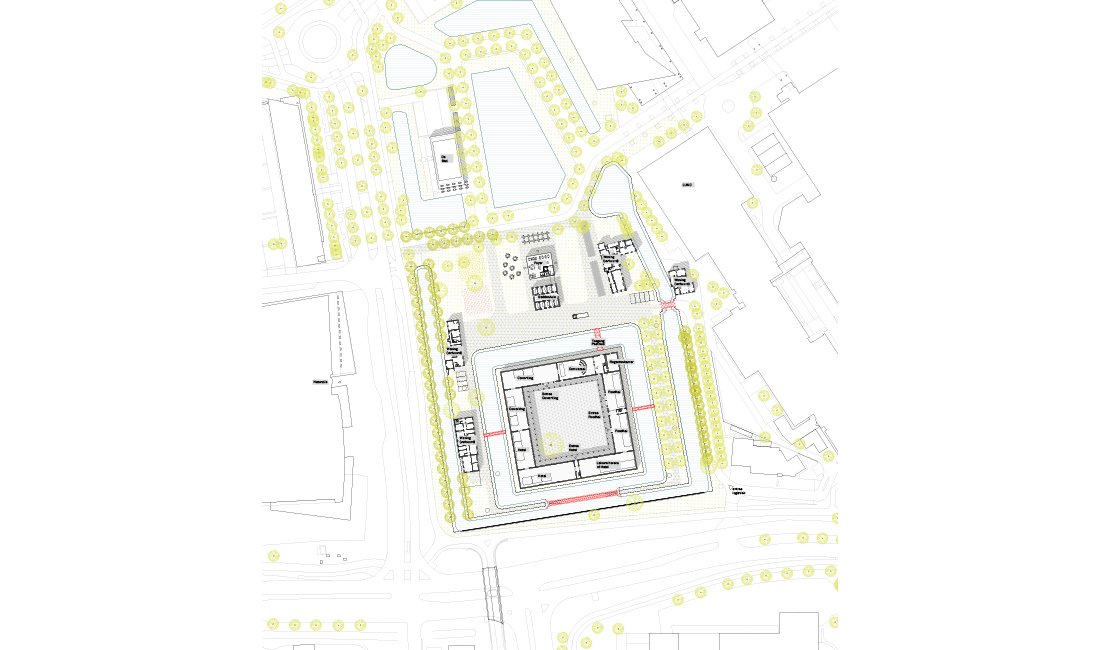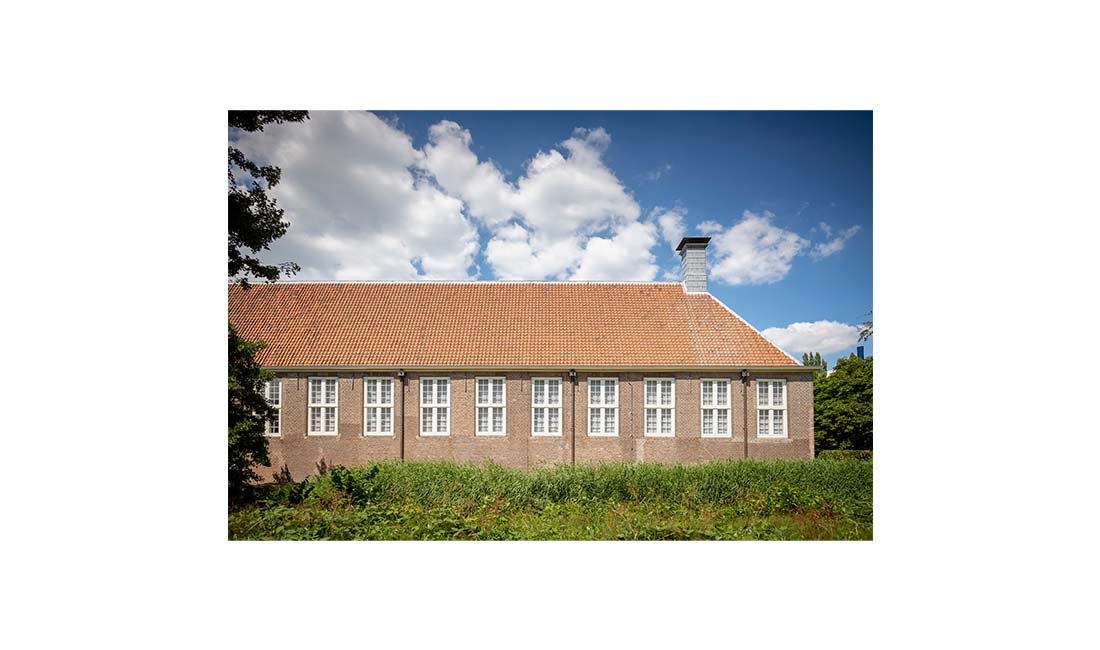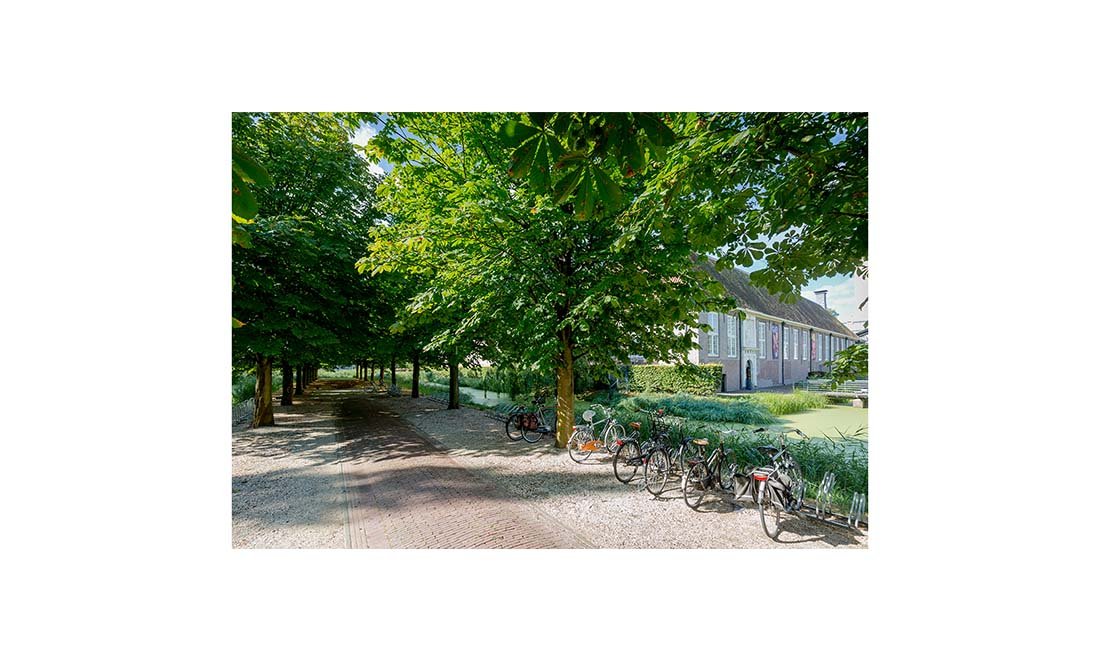─ Redevelopment
─ 5000m2
─ Urban plan approved
The Pesthuis complex is being revived by a sustainable repurposing with a mix of functions that makes the complex accessible to everyone. The identity relies heavily on history, but is now also surrounded by the vigorous activity of the Science Park, the bustle of the LUMC and the recently reopened Naturalis. It will evolve from 'isolated' to 'integrated'.
Due to its position on the edge of the Bio Science Park, it can become a benchmark for the area, which is developing into an economic powerhouse for Leiden as the second heart of the city. The history on one side, the future on the other side of the track. The Pesthuis bridges the gap between these, as a historical fragment in the middle of the metropolitan developments of its surroundings. It is a link between the city center and the Bio Science Park.
The program has opted for a strong mix of different components. The daytime program is mixed with the evening and nighttime program to ensure 24-hour activity on the site: a strong city-wide puller in the form of the food hall is flanked by the lively Co-working spaces. The hotel with short stay and the hostel provide a residential function in the area and life 'after five'. This mix is also a guarantee that there will not be a strong dependence on a single major user, but future fluctuations in the success of the operation can be absorbed by a multitude of functions, tenants and users - a sustainable repurposing.
The large spaces of the Pesthuis are ideal for the intended functions of Foodhal and Coworking spaces. Freestanding boxes make this space usable. The entrance hall is kept open and becomes a manageable extension of the public space. Next to the entrance is the Camuszaal, a space that can be used by parties from Leiden for music, art, meetings and debate, which is catered from the Foodhal.
The spatial organization of the area revolves around enhancing the existing landscape values and making them experienceable and using a new pavilion to enable the redevelopment of the existing historic buildings.

